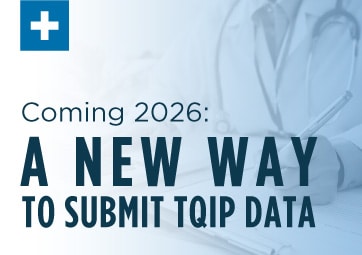When it comes to protecting the health of your community, the best defense is a good offense, which is why investing in prevention should be a big part of your strategy. After reviewing over 12 million EMS incidents that took place in 2023, the 2024 ESO EMS Index highlights two critical areas that demand attention: Early CPR and Opioid Use Disorder (OUD).
The importance of early CPR
The earlier CPR is performed, the better the outcome. Bystander CPR has been shown to double survival rates compared to cases where no CPR is performed prior to EMS arrival. Early CPR plays an important role in the American Heart Association’s (AHA) Chain of Survival, which emphasizes recognizing symptoms quickly, activating 911, performing CPR, and practicing early defibrillation and post-resuscitation care.
One of the biggest findings in the 2024 ESO EMS Index regarding bystander CPR rates is that they vary by background. Asian and White patients received bystander CPR at 23%, Hispanic or Latino patients at 22% and Black or African American patients least often at 17%. Gender disparities were also found. Women received bystander CPR at 21%, whereas men were at a higher rate of 23% of the time.
So, what can your agency do?
In order to improve bystander CPR in your community, you should first identify the areas with the lowest rates through geospatial analysis and then set up outreach initiatives in those parts of town. Partnering with organizations like the American Heart Association and local high schools can help expand access to training while using techniques such as hands-on CPR and AHA’s “No, No, Go,” are incredibly effective and easier to memorize.
In addition to increasing educational opportunities, you can partner with local establishments (e.g., grocery stores, places of worship, athletic facilities) to increase access to AEDs. Lastly, by using female and racially diverse mannequins in your training, you can help address biases head-on.
Opioid use disorder and EMS response
Opioid use disorder (OUD) remains a significant public health challenge across the United States. In 2023, EMS clinicians responded to 236,000 calls for suspected opioid overdoses, representing nearly 2% of all EMS calls nationwide. Approximately 65% of these patients were male, with 63% documented as White non-Hispanic followed by 24% as Black or African American and non-Hispanic.
The 2024 ESO EMS Index reveals that 82% of patients with suspected opioid overdoses received naloxone, a medication that can reverse opioid effects. Of those, 56% required more than one dose.
So, what can your agency do?
Similar to bystander CPR, geospatial awareness is helpful in improving suspected opioid overdose outcomes. By using data to identify the areas with the greatest needs, you can develop more targeted harm reduction strategies, including take-home naloxone kits and fentanyl test strips, and improve access to follow-up services and referrals for patients that refuse transport.
When it comes to post-opioid overdose protocols and naloxone administration, it’s important to stay updated on the most current recommendations and establish protocols that avoid inducing withdrawal symptoms.
Partnering with EDs to offer early buprenorphine initiation can also be effective in treating withdrawal symptoms, resulting in higher rates of engagement and retention in recovery treatment programs. You can also measure and monitor symptoms using the clinical opiate withdrawal scale (COWS).
Lastly, encouraging therapeutic communication amongst clinicians can help to prevent high-risk refusal from patients who would greatly benefit from ED transport
Get more proactive strategies for healthier communities
The insights from the 2024 ESO EMS Index offer a roadmap for EMS agencies to identify gaps, improve care, and address health disparities. Whether it’s increasing bystander CPR rates through better training and outreach or developing targeted interventions for opioid misuse, prevention can make a life-saving difference.
Want to learn more? Check out the 2024 ESO EMS Index for more.



